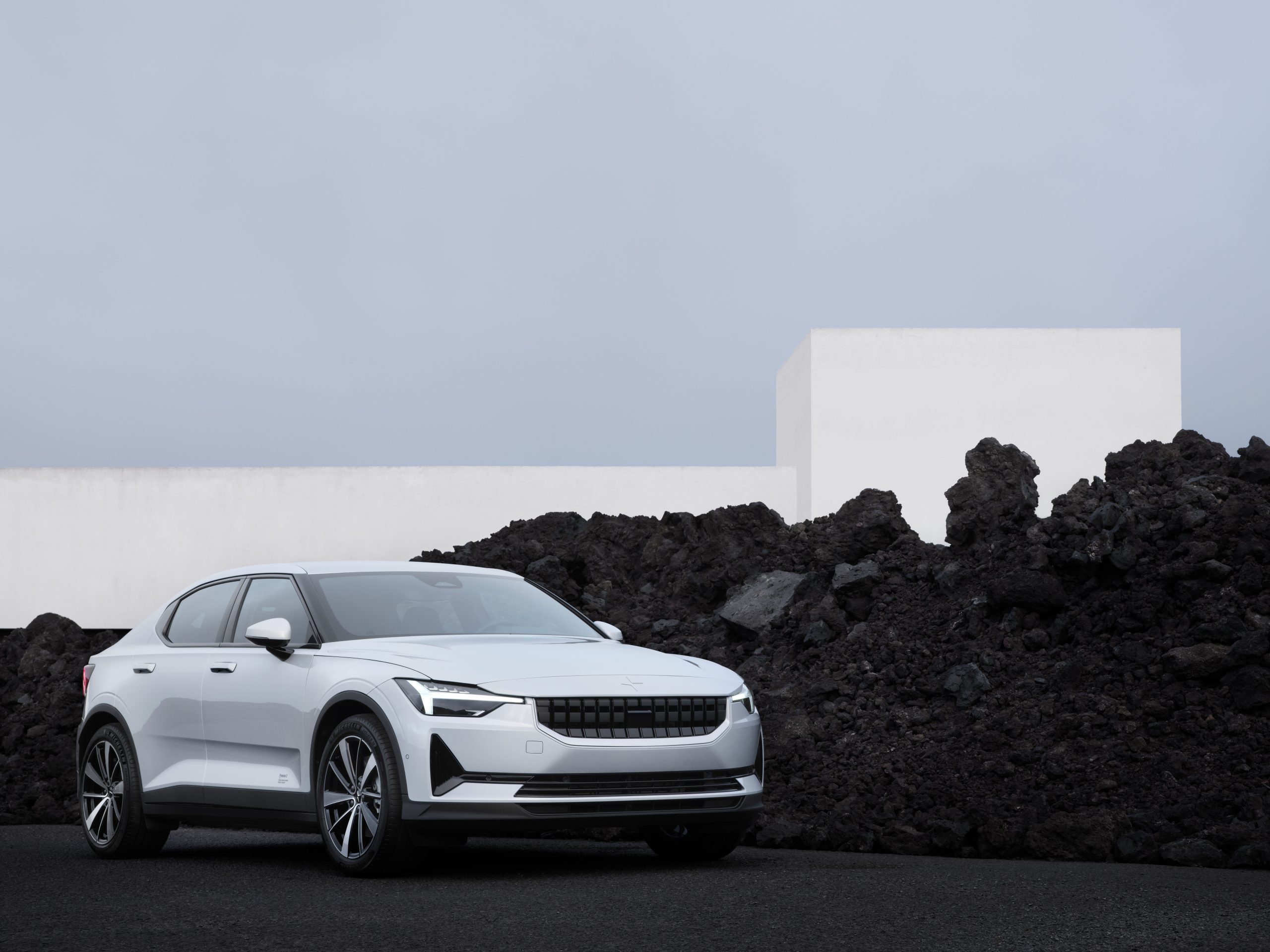www.storm-asia.com
Launching a new car brand is fraught with challenges, but doing it at a time of global change and disruption makes it even more tricky.
Polestar launched a sharp-looking limited-edition hybrid performance car. Only 1,500 units of the left-hand-drive two-door Polestar1 GT were produced worldwide, but it got the desired effect for a new brand coming out of China.
Its follow up, Polestar2 has more familiar lines, going back to its origins and tie-up with Swedish manufacturer Volvo. The result is not as eye-popping as the debutante.
Well, it’s an SUV, you might say, but it still looks nicer than many of the million-dollar ugly, rich boxes posing as automobiles, and at a fraction of the price — $253,000 for the top-tier long-range dual-motor version.
Polestar made its intentions clear with a design direction that reflects the Scandinavian subtlety of its Volvo heritage: Clean lines and a presence that reflects the new way of motoring.
The Pole Star — also called the North Star or Polaris — aims to show the way for electric vehicles, or EVs.


Paving The Way
With Volvo trialling wireless charging, this could resolve some of the issues that keep potential customers from embracing EVs. If you don’t live in a landed property, how would you charge your EV? And how long would it take to charge the battery?
There are solutions being developed all the time. Shell is working with BMW to offer three years’ worth of free charging, up to 10,000kWh.
A home charger may take eight hours to “fill it up”, but a DC charge can get you to 80 per cent in around 35 minutes; more than enough time to get some shopping done, or catch up on your reading.


In the case of the Polestar2, the battery offers a range of 480km, which is the equivalent of what a regular petrol tank would offer, so you can quite likely run it for a week before needing to recharge.
For an SUV, the Polestar2 is kept low and sporty, with just the right flashes of flair to keep your interest levels up.
The Volvo-influenced Thor hammer headlights are in evidence, while the grille is more sculpted since it doesn’t require air flow to cool an engine. The clean sides sport sleek rimless wing mirrors and offer a good balance between metal and glass. The glass roof angles down to the rear and a long, continuous tail lamp that creates a distinctive design.
It’s quite a fetching vehicle, and the clean lines continue into the interior.


Design Simplicity
A large 11.15” display holds court in the centre of the dashboard, below which is a cool shifter.


The Polestar 2 should keep vegans happy with its emphasis on appropriate materials for the interior. There are napa leather options as well, which allows it to have a wider appeal, and possibly a slight edge over its direct competitors.
As you’d expect, everything is organised on the display, so you’ll tap your way through the features and handling of the car.
Purists may find one more thing to moan about — the lack of buttons and dials in new cars.
There isn’t a power button to start the car. As soon as you’re on the driver’s seat, it’s ready to roll.


In the top-of-the-line Long Range Dual Motor Polestar2 tested here, rolling off is like a sweet Star Trek whoosh into warp drive. The 300kW all-wheel-drive SUV gets to 100kmh in 4.7 seconds (the other two single motor variants — long range and standard range — get there in 7.4 seconds). With 660 Nm of torque to play with (330 Nm for the others) it is pretty zippy.
On the road, the Polestar 2 tracks well and keeps engagement levels up. With five different types of steel in use, the build quality is of a high standard, and the almost even weight distribution offers a balanced ride.


Quiet Ride
There’s not much by way of sound generated by the Polestar, but the feeling and handling can be adjusted so that you feel like you’re driving a petrol car. You can allow for the car to creep (but you don’t want that if you prefer to have auto hold at traffic lights), or you may want to engage in some single-pedal driving, allowing the car to decelerate automatically once you lift your foot off the accelerator.
The Harman Kardon sound system in the Polestar 2 takes full advantage of the quietness of the cabin to deliver a balanced sound that handles most genres of music efficiently.


The connectivity in the car is limited to Google at the moment, as a result of a joint initiative. Ask Google to navigate you to your destination or through the various features of the car, and it does the job efficiently enough.
If, like me, you are not a big fan of Google and its methods, there will be Apple CarPlay available soon. Updates will be over the air, which reinforces the greying of division between your car and your mobile phone. Most software and feature upgrades will be delivered in this fashion. Sounds nice, but might be shocking when data charges come into play.
For those planning a drive across the Causeway when it opens up, the Polestar app will guide you to the right charging points as it plots your route.


Polestar2 Long Range Dual Motor
Motor: AC synchronous, permanent magnet Valeo-Siemens AWD
Transmission: Single speed
Max output: 300 kW
Max torque: 660 Nm
0-100kmh: 4.7 seconds
Top speed: 205 kmh
Energy consumption: 19.4–20.2 kWh/100km
Range: 480km
Battery: 400V Lithium-ion
Capacity: 78 kWh
Charging time: 35 mins to 80% (DC); 7 hours (AC)
Gross weight: 2,113 kg
Length: 4,606 mm
Width: 1,985 mm
Height: 1,479 mm
VES band: A1
*Confirm price with dealer

